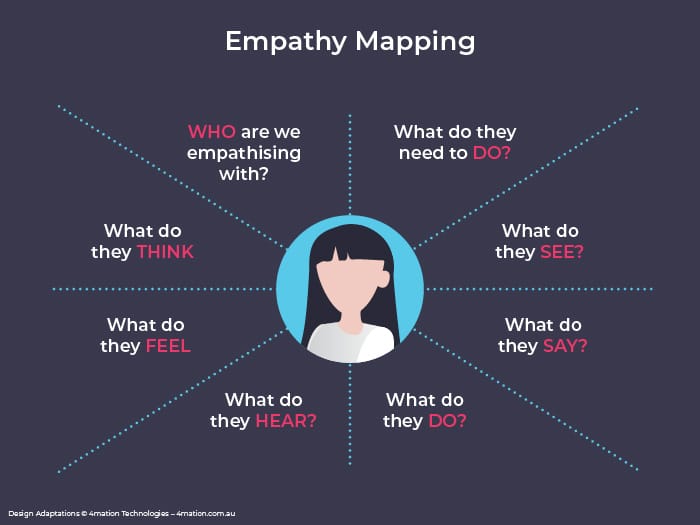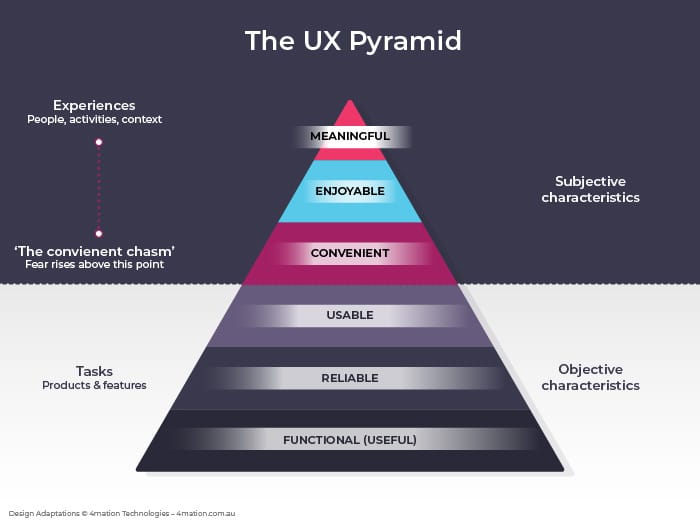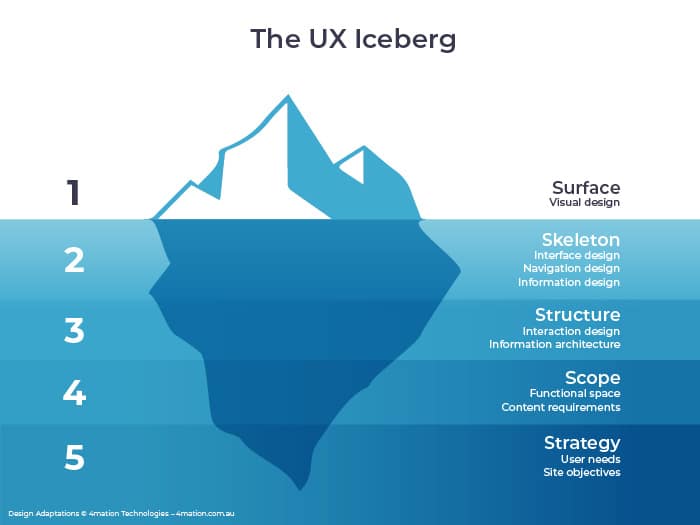UX: Designing with a user-centred approach
In recent years, the art of crafting applications has seen a significant shift towards a user-centric perspective, a concept now widely known as User Experience (UX) design. This approach, which is at the heart of mobile apps, web apps, responsive websites, and more, has its roots in the term “user-centred design” coined by cognitive scientist and usability engineer, Don Norman, in the mid-1980s.
His book, “The Design of Everyday Things,” was published around 1988 and remains a sort of User Experience (UX) bible to this day.
His work advocates for seamless interaction between the user and the product, endorsing iterative development cycles, and laying the groundwork for what we now recognize as UX design (you can see what he has to say about it HERE).
Norman, often dubbed the “godfather” of user-centred design, has significantly influenced the development of successful digital products. A prime example of his influence can be seen in Apple’s products, where user-centred design is at the forefront. It’s no coincidence that Norman was once part of the Apple team!
What is user-centred design?
The user-centred approach leads to innovation. It helps development teams identify and improve the best designs for new solutions. Like UX focuses on the end-user and tailors the product to their specific behaviours, user-centred design helps companies identify and cater to their particular needs.
Those who follow this approach strive to gain an in-depth understanding of how their customers think. When you know how they think, you can develop deep empathy with the end-users of your digital products.
When you start experimenting with several user-centred ideas, it can lead to the creation of a variety of prototypes. This creates an opportunity to share your creations with the people you’re designing for and fine-tune it based on their feedback.
Why user-centred design?
It’s important because it’ll have an impact on your bottom line. When companies get it right, it can lead to a significant increase in revenue because it satisfies the needs of the target market and creates opportunities to build brand loyalty.
When you follow a user-centred design process, you can also engage in continuous data analytics to drive innovation. It’s a cost-effective approach to development that negates the need to make costly changes long after a product is released.
User-centred design methodology
Applying a user-centred approach to your next project starts with applying the five stages of the design thinking process: Design thinking: Empathise > Define > Ideate > Prototype > Test
Why empathise?
Empathy is about understanding how a user thinks and acts. So as designers and developers, we have to strive to make a deep emotional connection with the people who will be using the product.
As the team goes through the motions, it’ll help generate heaps of ideas and prototypes. These can then be shared and tested with a small group of your target audience for valuable feedback.
Empathy in UX can be leveraged to empower the team. However, this process has to start with user personas and empathy mapping. It’s a process in Design Thinking that’ll help the team synthesise their research and findings right from the first meeting.
When you engage in empathy mapping, you’ll start getting a better idea of your end-user’s personality, motivations, pain points, and goals. You’ll also have all the information you’ll need to develop strong user personas.

At 4mation, we follow the “Design Thinking” model along with “Lean” and “Agile” development cycles to find the right balance between desirability (UX), feasibility (engineering), and viability (business).
UX and user-centred design principles also have to be applied to every stage of the development cycle, from discussion to deployment. You can get the ball rolling, for example, by asking the following questions:
- Do our customers need the web app we’re developing?
- Would they be willing to pay for it?
- Have we covered all the key features that our users would expect and want?
The answers to these questions will help you decide the best way forward. However, UX will also play a crucial role in moving on from the structure and skeleton phase into implementation.
The next set of questions will be based on the UX Pyramid and the UX Design Iceberg.


Depending on the type of project, you can also explore the following questions and more:
- Is the content organised to enable seamless access?
- Can the end-user find it easily?
- Is the web app highly engaging and user-friendly?
The process above will finally lead you to the User Interface (UI) or what the end-user will see and interact with. This part is critical because as first impressions can make or break a product.
This is especially true for mobile apps that have a high abandonment rate. In fact, as much as 25% of users abandon an app after one use.
So to negate abandonment, you might want to ask yourself (and the development team) questions like the following:
- Which colour pallet best suits our target audience?
- Is our web app visually appealing?
- How does the design make users feel? Do they feel happy?
Applying empathy at every design thinking stage is crucial as it’s all about identifying customer needs. When you approach design and development in this manner, you increase your chances of creating a successful digital product.
As you can see from the above, it’s never going to be a one-size-fits-all type of formula. It’ll have to be adapted to each business use case depending on the company, project, and the end-user.
To learn more about applying a user-centred approach to your next project, reach out for a commitment-free consultation.

